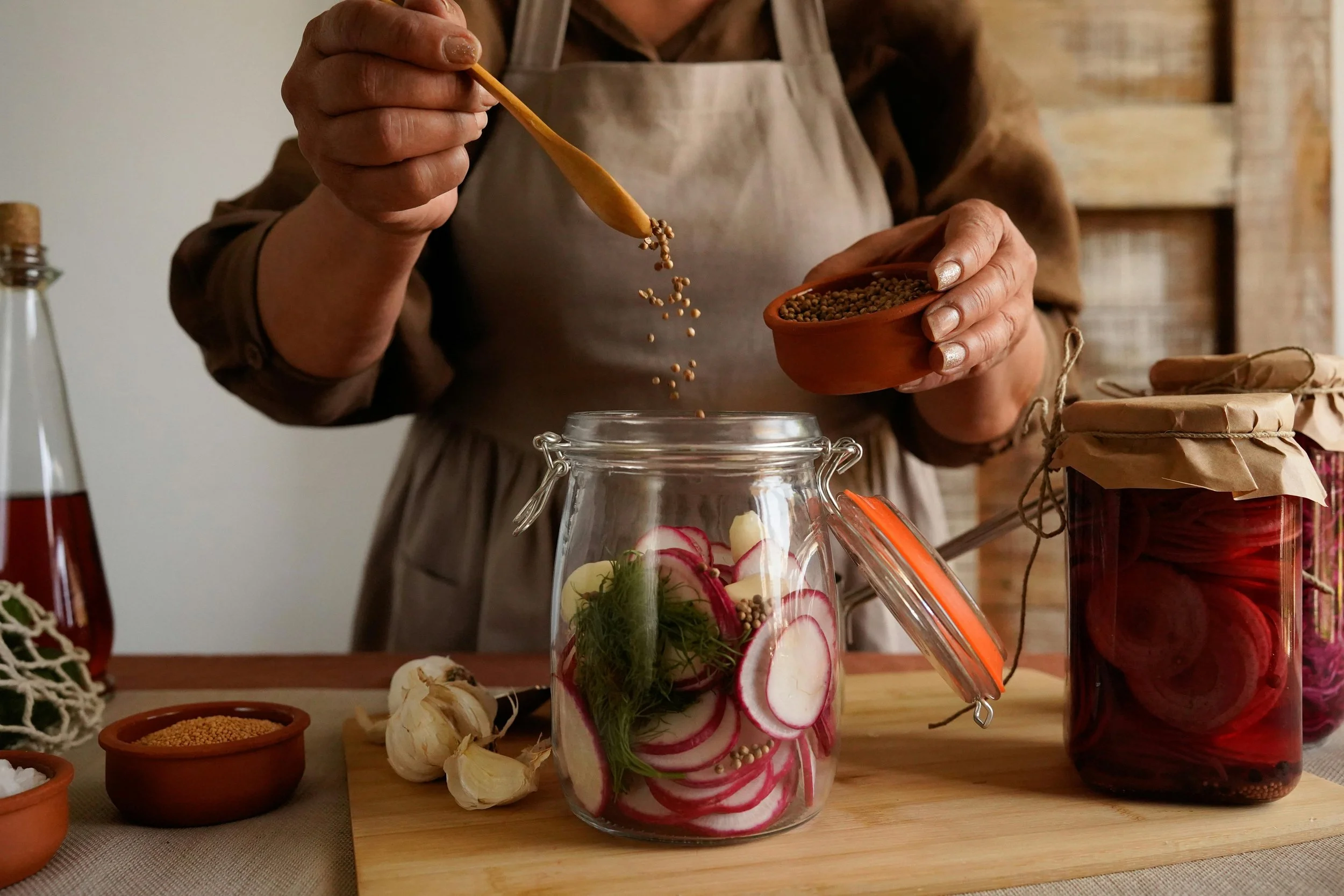How to Create a Sustainable Kitchen: Tips for Eco-Friendly Cooking and Storage
Creating a more sustainable home often starts in the kitchen — the heart of daily living and one of the biggest contributors to household waste and energy use. From the food we buy to how we cook and store it, small changes in the kitchen can have a big impact on both the planet and your power bills.
Here’s how you can build a more sustainable kitchen with practical, eco-friendly choices in sourcing, cooking, storage, and waste reduction.
1. Choose Sustainable Ingredients
A greener kitchen begins with what you put in your basket. Sourcing food responsibly reduces your environmental footprint and supports better farming practices.
Tips for sustainable food sourcing:
Buy local and seasonal produce to cut down on food miles
Support organic or regenerative farms that avoid harmful pesticides
Choose plant-based meals more often to reduce greenhouse gas emissions
Reduce your consumption of heavily packaged or processed items
Not only does this approach support the environment, but it also leads to fresher, more flavourful meals.
2. Switch to Smarter Storage Solutions
Kitchen storage is often dominated by plastic — cling wrap, takeaway containers, and zip-lock bags. While convenient, these products create a significant amount of waste over time.
Eco-friendly storage swaps include:
Glass or stainless steel containers for leftovers
Beeswax wraps or silicone lids instead of cling film
Reusable produce bags for fruit and veg
Compostable bin liners for food scraps
These alternatives are durable, safe, and help cut down on single-use plastic.
3. Upgrade to Energy-Efficient Appliances
Your appliances play a big role in your kitchen’s overall energy usage. Older fridges, ovens, and dishwashers can be major energy drains.
Tips for reducing energy use:
Look for appliances with a high energy rating
Switch to induction cooktops which are faster and more efficient than gas
Use your dishwasher only when full and on eco-mode
Avoid overfilling your fridge and freezer to allow air to circulate
And don’t forget your lighting — swapping to LED bulbs in the kitchen can also help reduce energy use.
4. Reduce Food Waste and Compost
The average household wastes a significant amount of food each week, much of which ends up in landfill. Reducing food waste is one of the easiest and most impactful changes you can make.
Waste reduction tips:
Plan your meals and stick to your shopping list
Store food correctly to extend shelf life
Keep a “use me first” area in your fridge for ageing items
Compost fruit and veg scraps or use them for homemade stock
You’ll not only help the planet — you’ll save money too.
Creating a sustainable kitchen doesn’t mean a complete overhaul — it’s about making thoughtful, everyday choices. By sourcing ingredients more consciously, upgrading your storage and appliances, and minimising waste, you can enjoy a kitchen that’s not just functional, but also friendly to the planet.
Every little change adds up — and the kitchen is the perfect place to start.
Get in touch today to start our journey together.
Stay committed!
Damien Frearson

